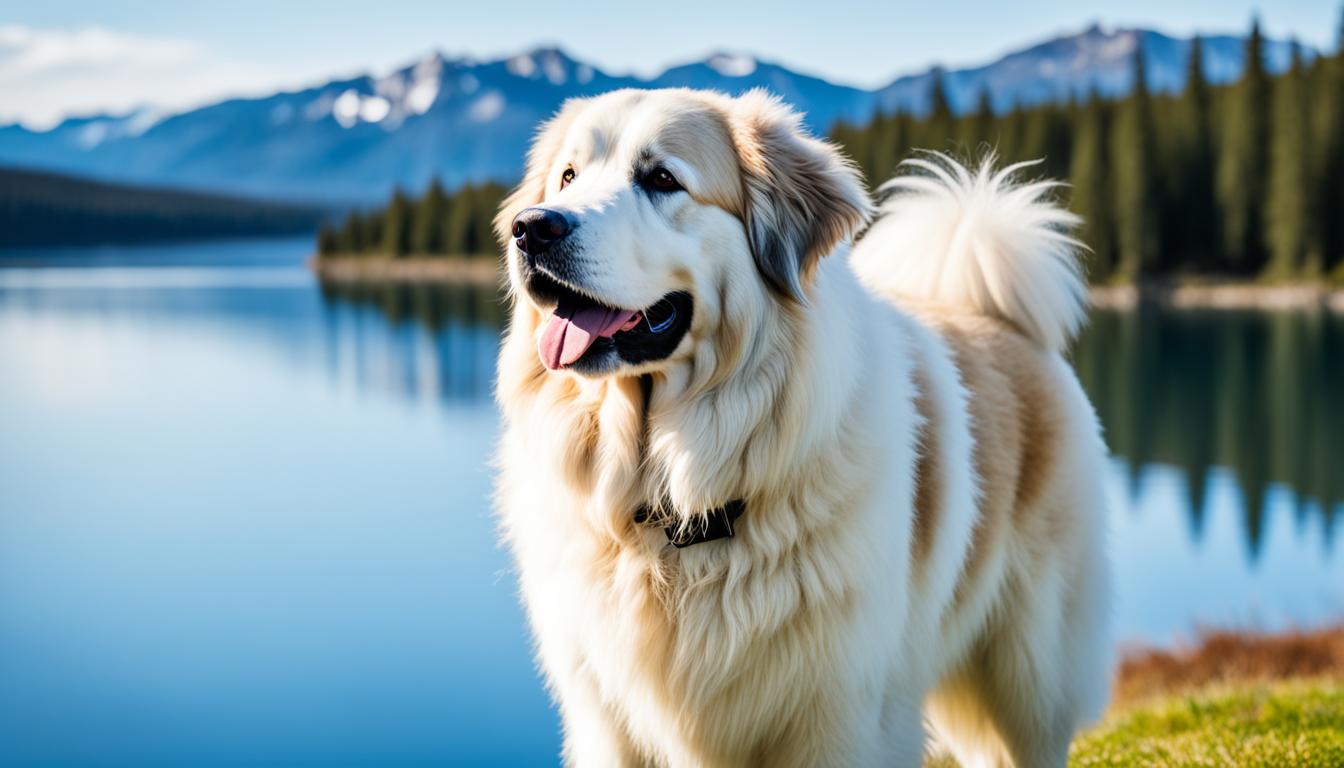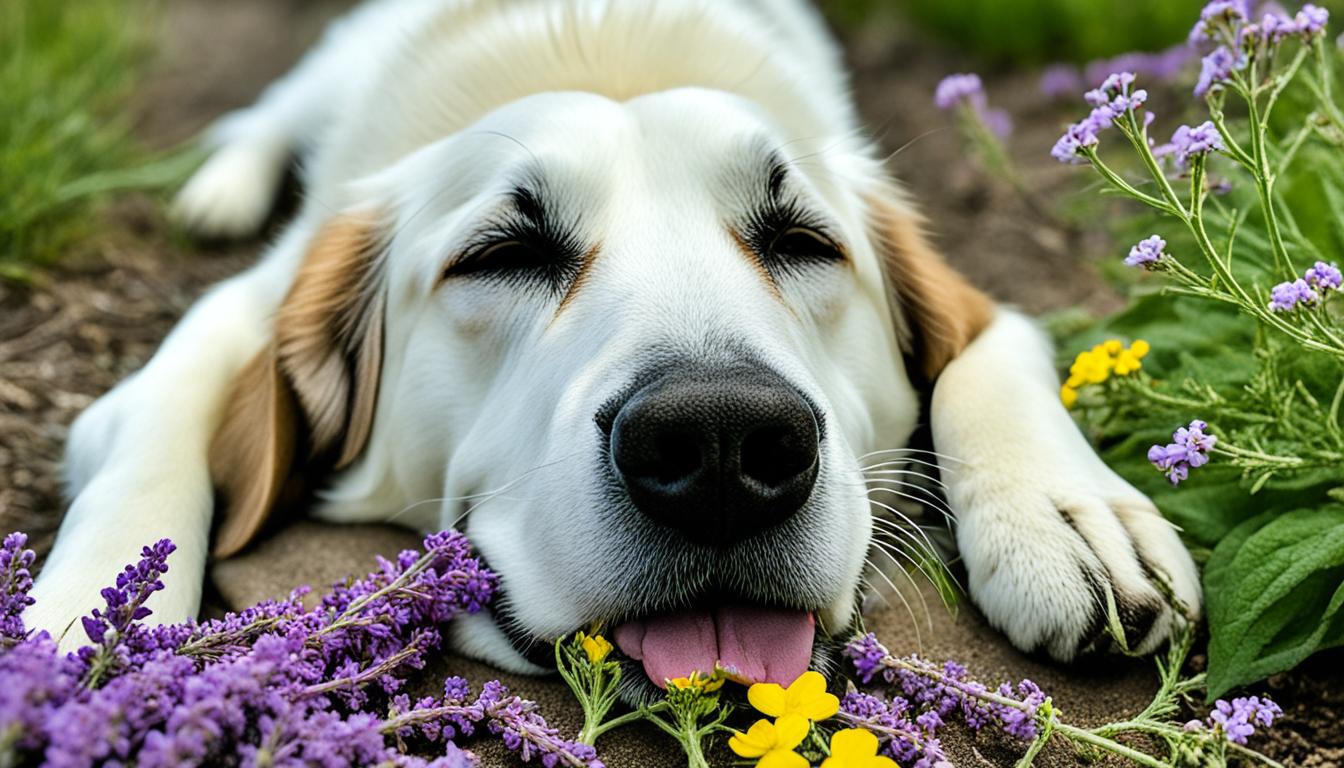Importance of Guard Dog Training
Guard dog training plays a crucial role in ensuring the safety and security of individuals, properties, and assets. As the demand for security solutions continues to rise, the importance of well-trained guard dogs cannot be overstated.
Rising Demand for Security Solutions
In today’s world, where safety concerns are prevalent, many individuals and organizations are seeking effective security measures to protect their interests. This has led to a rising demand for guard dogs as a reliable security solution. Guard dogs are known for their ability to deter intruders, detect potential threats, and provide a sense of security to their owners or handlers.
With their keen senses, intelligence, and protective instincts, properly trained guard dogs can serve as a powerful deterrent against criminals. They can provide a level of security that surpasses traditional security systems and personnel. This rising demand for guard dogs is fueled by a growing need for enhanced security measures in various settings, such as residential properties, commercial establishments, and public facilities (LinkedIn).
Technological Advancements
In addition to the increasing demand for security solutions, technological advancements have also played a significant role in the importance of guard dog training. With the advent of new training techniques and advancements in technology, the effectiveness and efficiency of guard dogs have greatly improved.
Training techniques have evolved to focus on positive reinforcement and reward-based methods, which help strengthen the bond between the dog and its handler. This approach promotes learning and encourages desirable behaviors, making the training process more effective and enjoyable for both the dog and the handler.
Furthermore, technological advancements have introduced innovative tools and equipment that aid in the training and management of guard dogs. For example, remote training collars with adjustable stimulation levels allow handlers to provide immediate feedback and guidance to the dog during training sessions. This enhances communication and facilitates better control over the dog’s behavior.
Overall, these technological advancements have contributed to the overall effectiveness and efficiency of guard dog training, making it an indispensable aspect of security solutions in today’s world.
By recognizing the rising demand for security solutions and embracing technological advancements, individuals and organizations can harness the power of guard dog training to enhance their security measures. Through proper training, these intelligent and capable animals can become trusted companions and reliable protectors, providing peace of mind and a heightened sense of security for their owners or handlers.
Characteristics of Effective Guard Dogs
When it comes to guard dog training, certain characteristics are essential for a dog to effectively fulfill their role as a protector. The best guard dogs possess a combination of traits that make them reliable and capable in safeguarding their owners and property. Let’s explore the key characteristics of effective guard dogs:
Balanced Temperament
A balanced temperament is crucial when selecting a dog for guard dog training. While it’s important for guard dogs to display fearlessness and protectiveness, an excessive or uncontrolled level of these traits can lead to unwanted aggression. The ideal guard dog should exhibit confidence, calmness, and a defensive touch, maintaining a level-headed approach to potential threats.
Responsive Nature
An effective guard dog should have a highly responsive nature. They should be familiar with their environment and quick to react to potential dangers. A responsive guard dog is perceptive, able to differentiate between normal situations and actual threats. This trait allows them to take appropriate action when necessary while remaining calm and composed in less threatening scenarios.
Energy and Eagerness
Guard dogs need to possess a balance between energy and eagerness. They should demonstrate a high level of drive, enthusiasm, and willingness to train and improve regularly. While energy is important, a guard dog should also have a love for learning and a genuine interest in the training process. This combination ensures that they remain motivated and focused on their role as a protector.
Control Over Aggression
Complete control over aggression is vital for a guard dog. While they must display bravery and protectiveness, unchecked aggression can lead to harm and unnecessary conflicts. The best guard dogs are able to differentiate between genuine threats and non-threatening situations, responding appropriately without resorting to excessive aggression. This controlled aggression allows them to effectively assess and neutralize potential dangers when required.
High Levels of Concentration
A guard dog should possess high levels of concentration. They need to stay focused during training sessions and be alert to follow commands even in unexpected or challenging situations. The ability to concentrate is crucial as guard dogs play a vital role in protecting their owners and property, and they must be able to respond promptly and accurately when needed.
By possessing a balanced temperament, being responsive, energetic, and eager to learn, having controlled aggression, and maintaining high levels of concentration, an effective guard dog can fulfill their role as a loyal and dependable protector. These characteristics form the foundation for successful guard dog training, ensuring that they can safeguard their owners and property with confidence and reliability.
Training Process for Guard Dogs
When it comes to training guard dogs, a systematic and structured approach is essential to ensure their effectiveness in protecting and securing areas. The training process involves various aspects, including the basics of training, the importance of clear instruction, the dog’s willingness for training, and health considerations.
Basics of Training
Training a guard dog requires a solid foundation in basic obedience commands. This includes commands such as sit, stay, come, and down. By establishing these fundamental commands, the dog learns to respond promptly to instructions, which forms the basis for more advanced protection training. According to Quora, the training process for a personal protection dog can take a significant amount of time, starting with these basic commands.
Importance of Clear Instruction
Clear and concise instruction is crucial in guard dog training. Unclear instructions can lead to confusion and frustration, hindering the progress of training. It is essential for trainers to communicate commands effectively, ensuring that the dog understands what is expected of them. By providing clear instruction, trainers can establish a strong communication bond with the dog and facilitate efficient learning. Clarity of instruction plays a significant role in the overall success of guard dog training (Quora).
Dog’s Willingness for Training
The willingness of the dog to participate in training is a crucial factor in guard dog training. A dog that lacks the desire to fulfill the protective role may not respond appropriately to threats, potentially leading to ineffective guarding behavior. It is important to assess the dog’s temperament and motivation to ensure they are suitable for guard dog training. Dogs with the drive and willingness to learn and protect are more likely to excel in guard dog training (Quora).
Health Considerations
When selecting a dog for guard dog training, health considerations are vital. Dogs intended for high-end protection training should undergo health evaluations, such as Orthopedic Foundation for Animals (OFA) testing. This helps ensure that the dog does not develop health issues that could hinder their effectiveness in the future. Investing time and effort into training a dog only to have their performance affected by health problems can be avoided by selecting dogs from OFA-cleared stock (Quora).
By focusing on the basics of training, providing clear instruction, considering the dog’s willingness, and taking health considerations into account, the training process for guard dogs can be more effective and successful. It is crucial for trainers to approach guard dog training with professionalism and expertise to ensure the development of highly skilled and reliable protection dogs.
Top Breeds for Guard Dog Training
When it comes to guard dog training, certain breeds are known for their exceptional skills and suitability for the role. These breeds possess the necessary traits, temperament, and intelligence required to excel in guard dog training. Here are some of the top breeds commonly chosen for this purpose:
German Shepherd
The German Shepherd is renowned for its versatility, intelligence, and loyalty. Due to its tireless work ethic and desire to please its handlers, the German Shepherd is often used for police and military work. This breed is highly trainable and excels in various law enforcement duties, such as tracking suspects and detecting drugs. In fact, German Shepherds are the most popular dog employed by police agencies across the United States.
Golden Retriever
Known for their beauty and friendly nature, Golden Retrievers are highly trainable and eager to please. They are versatile and excel in various training activities, including guard dog training. With their intelligence and willingness to learn, Golden Retrievers can be trained to be reliable and effective guard dogs. Their loyal and gentle temperament makes them a popular choice for families as well as security purposes (American Kennel Club).
Doberman Pinscher
The Doberman Pinscher is a fearless and loyal breed that excels in learning and retaining training commands. Their natural protective instincts, combined with their intelligence and trainability, make them suitable candidates for guard dog training. With proper training and socialization, Doberman Pinschers can become vigilant and dependable guard dogs, providing both security and companionship (American Kennel Club).
Rottweiler
With their imposing presence and protective nature, Rottweilers make formidable guard dogs. They are highly trainable and possess a strong desire to protect their loved ones. Rottweilers require consistent and firm training to channel their energy and intelligence effectively. When properly trained and socialized, Rottweilers can become loyal and reliable guard dogs, capable of assessing threats and taking appropriate actions.
Pembroke Welsh Corgi
Though small in size, Pembroke Welsh Corgis are surprisingly powerful and respond well to training. Their intelligence, agility, and alertness make them suitable candidates for guard dog training. While their primary role may not be as traditional guard dogs, they can excel in tasks such as alerting their owners to potential dangers and assisting in property protection.
When selecting a breed for guard dog training, it’s important to consider not only their natural abilities but also their compatibility with your lifestyle, family, and specific security needs. Keep in mind that proper training, socialization, and ongoing reinforcement are crucial for any breed to become an effective guard dog.
Training Techniques for Guard Dogs
To effectively train guard dogs, a combination of various techniques is required. These techniques focus on developing specific skills, behaviors, and responses to ensure that the dog can fulfill their role as a reliable protector. Here are some key training techniques used in guard dog training:
Socialization Importance
Socialization plays a vital role in guard dog training. It involves exposing the dog to different environments, people, and animals from a young age. This helps the dog become comfortable and confident in various situations, reducing the likelihood of aggression towards strangers and enhancing their ability to respond to commands (LinkedIn). Regularly exposing the dog to new experiences and positively reinforcing their behavior during socialization is crucial for a well-rounded guard dog.
Bark Training
Barking is an essential communication tool for guard dogs as it alerts owners to potential threats. However, excessive barking can be problematic. Guard dogs should be trained to bark on command and to stop barking when instructed. This level of control over their barking allows the handler to effectively manage their response to different situations while maintaining security (LinkedIn).
Obedience and Guard Commands
Obedience training forms the foundation of guard dog training. Dogs should be taught basic commands like sit, stay, come, and down before progressing to more advanced protection skills. Obedience training ensures that the dog responds immediately and reliably to commands, allowing the handler to maintain control in various situations. Transitioning from basic obedience to specific guard commands is essential to develop the dog’s protective instincts and response patterns.
Regular Practice and Reinforcement
Training guard dogs requires consistent practice and reinforcement. Training sessions should be conducted regularly to reinforce learned behaviors and introduce new skills. This repetitive training helps the dog become proficient in their duties and ensures that their responses become reliable and automatic. Positive reinforcement, such as treats, praise, and play, is an effective way to motivate and reward the dog for their correct behavior, strengthening the desired responses (Prestige Protection Dogs).
Duration of Training
Guard dog training is not a quick process and can take months, if not years, to complete. The duration of training depends on various factors, including the dog’s temperament, the handler’s consistency, and the specific training objectives. Training a guard dog involves different stages, starting with basic obedience and progressing to more advanced protection skills. It can take 1-2 years to train dogs to alert owners of suspicious threats by barking, while comprehensive protection training, including subduing suspects, can take up to 2-3 years.
By incorporating these training techniques into a comprehensive program, guard dogs can develop the necessary skills and behaviors to fulfill their protective role effectively. It is important to remember that training should be conducted by experienced professionals who understand the specific needs and capabilities of guard dogs. Training should always prioritize positive reinforcement, ensuring that the dog’s well-being and temperament are considered throughout the process.
Professional Guard Dog Training Programs
For individuals seeking comprehensive and specialized training for their guard dogs, professional guard dog training programs offer a customized approach to meet specific needs. These programs go beyond basic obedience training and focus on equipping dogs with the skills required to excel in their protective role. Let’s explore some key aspects of these programs.
Customized Training Approach
One notable aspect that sets professional guard dog training programs apart is their ability to customize the training for each dog. Companies like Command Dogs, for example, offer levels of protection dogs that are custom trained for each client, ensuring that the dogs are loyal, genetically sound, and trained to love and protect families (Command Dogs). The customization ensures that each dog is tailored to meet the specific needs of the client, taking into account factors such as the individual’s lifestyle, security requirements, and preferences.
Specialized Commands
Professional guard dog training programs focus on teaching specialized commands that are crucial for effective protection. These commands go beyond basic obedience and cover a range of skills and behaviors. For instance, dogs are trained to respond to commands such as “Alert on Command,” where the dog displays impeccable voice command-controlled obedience, acting as a deterrent without the need for physical aggression (Command Dogs). Such commands provide handlers with total control over the dog’s alert behavior, enhancing their ability to assess potential threats.
Combat Skills Training
In higher-level guard dog training programs, dogs are trained in combat skills and apprehension techniques. For example, dogs may be taught commands such as “Go forward and Bite on Command,” which instruct the dog to engage a threat by leaving the handler’s side and apprehending the individual who has committed a life-threatening act (Command Dogs). The level of combat skills and apprehension techniques may vary based on the dog’s training level.
Safety Measures
Professional guard dog training programs prioritize the safety of both the dog and the handler. Dogs are trained to execute commands such as “Release and Guard,” where they are instructed to hold a threat until given a command to release. This command allows the handler to safely distance themselves from the threat and contact authorities, while the dog keeps the threat in place with aggressive behavior, ready to re-engage if necessary (Command Dogs).
Ongoing Support
Professional guard dog training programs often provide ongoing support to ensure the continued success of the dog-handler team. This support may include follow-up training sessions, access to trainers for guidance and advice, and assistance in addressing any challenges that may arise during the dog’s working life. Ongoing support helps maintain the dog’s training and reinforces the bond between the dog and the handler.
By enrolling in a professional guard dog training program, individuals can benefit from a tailored approach to training that focuses on specialized commands, combat skills, safety measures, and ongoing support. These programs offer a comprehensive and professional training experience, equipping dogs with the necessary skills to fulfill their role as effective guard dogs.





